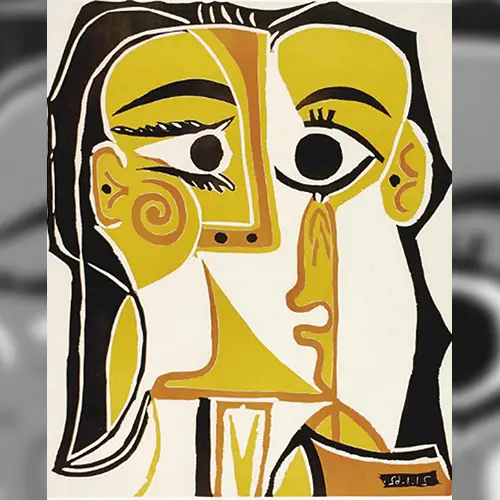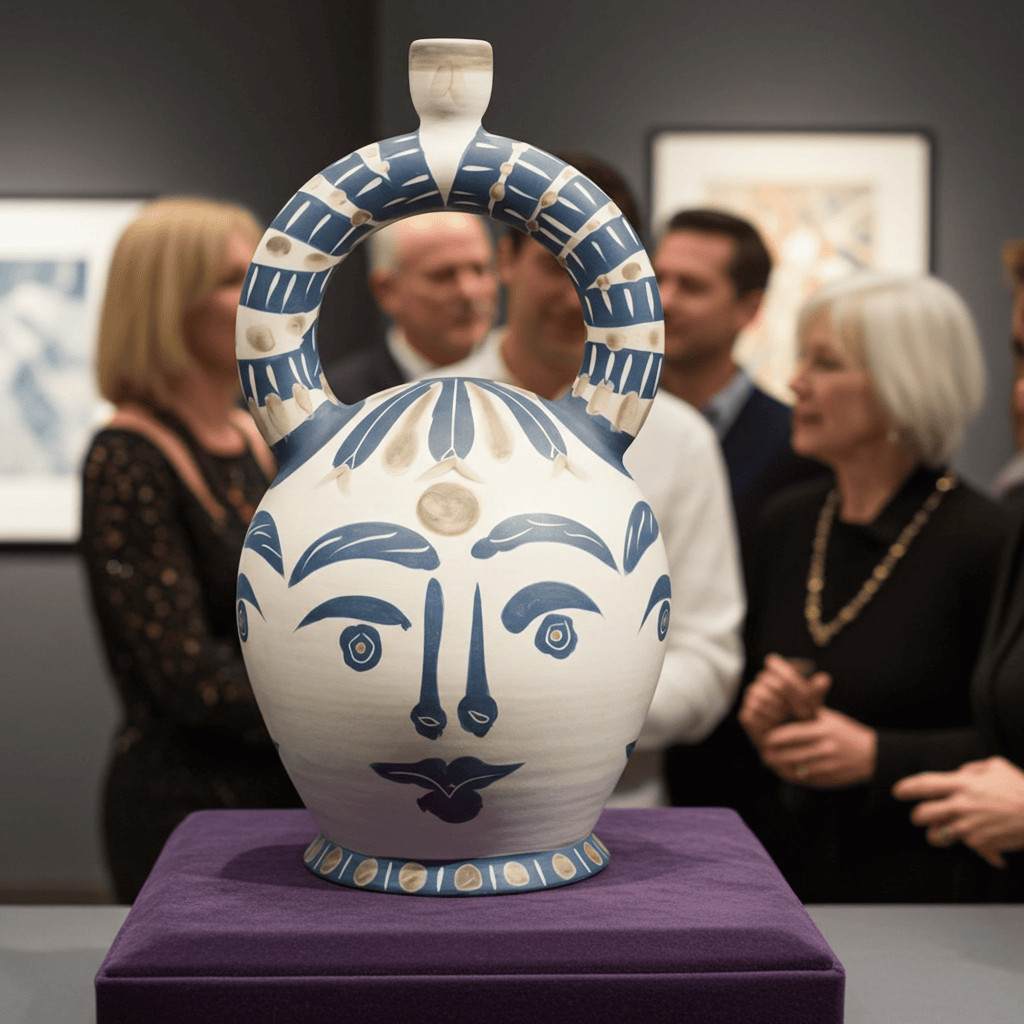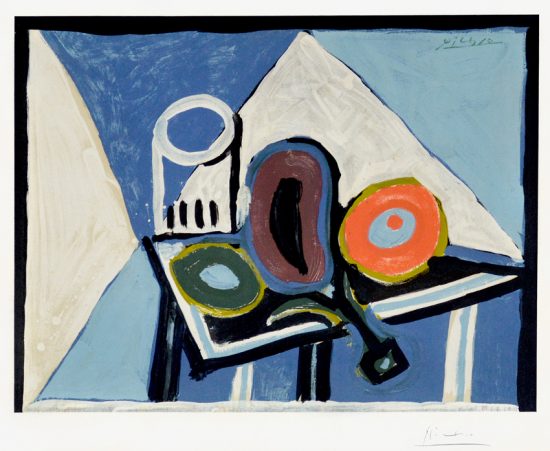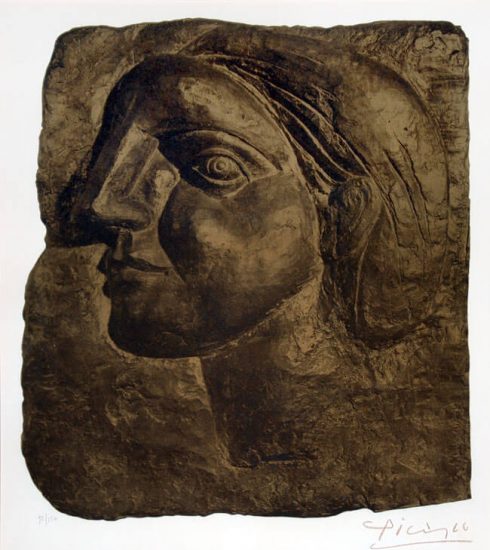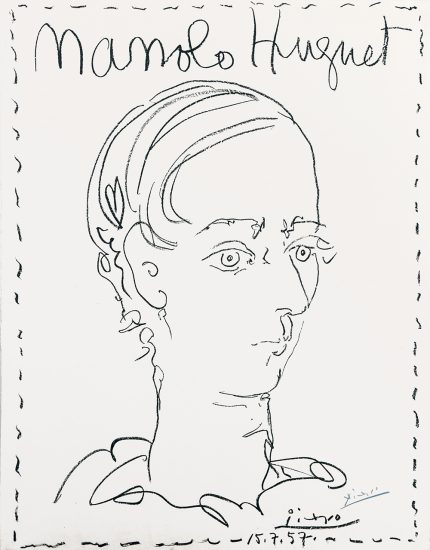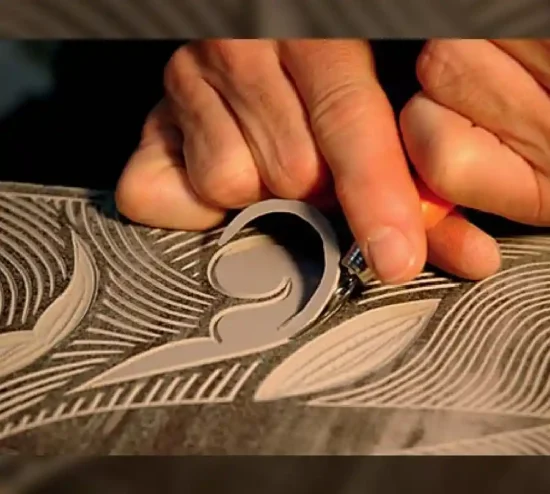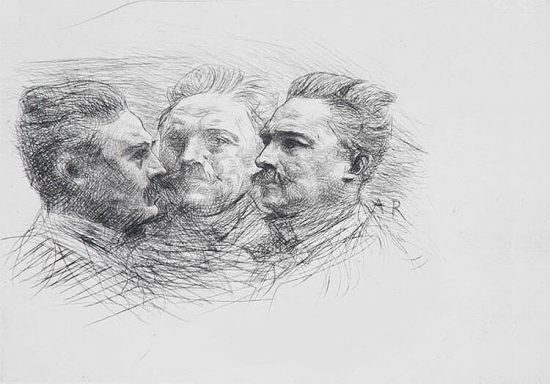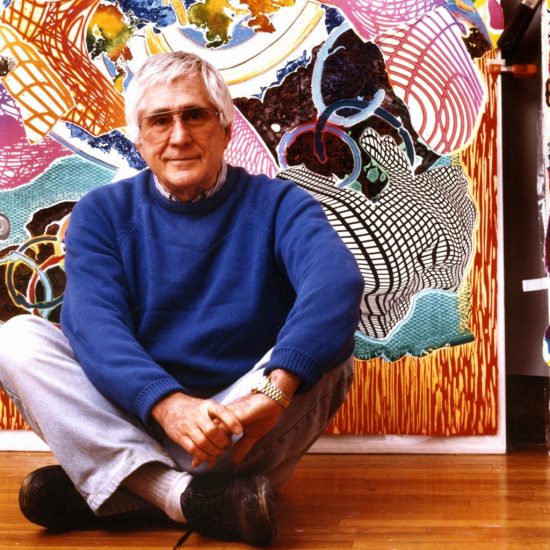There is no denying that Pablo Picasso (Malaga, 1881 - Mougins, 1973) is the greatest artist of the 20th century. Loved and admired around the world, Picasso’s artworks are a symbol of creativity and ingenuity. Ranging from paintings, ceramics, glass, lithographs, linocuts and etchings, everything Picasso created from Cubism to Modern Art inspired and influenced every artist who worked alongside him and after him.
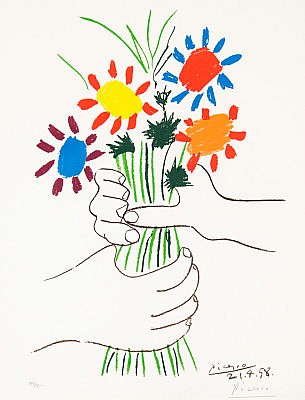
The importance of Picasso’s work and the longevity of its value are what make his artwork the most sought after works on the art market today. Picasso was an inventor, and loved to explore different mediums and processes as it allowed for a creative input and controlled output. Renowned for his immense skill and range as an artist, Picasso mastered the art of printmaking. His stunning original lithographs are amongst the most brilliant works in his artistic oeuvre. Representative of his varied artistic styles, Picasso lithographs depict images and techniques that extend from his brief post-Impressionistic period to Cubism and beyond.
As some background, a lithograph is a printmaking technique process where the design is drawn or painted on a flat surface of a stone with a greasy crayon or ink. The design is chemically fixed on the stone with a weak solution and in printing, the stone is flooded with water which is absorbed everywhere except where repelled by the greasy ink. Oil-based printer's ink is then rolled on the stone, which is repelled in turn by the water-soaked areas and accepted only by the drawn design. A piece of paper is laid on the stone and it is run through the press with light pressure, the final print showing neither a raised nor embossed quality but lying entirely on the surface of the paper. The artist, in this case Picasso, would then hand-sign the work to show his approval and claim ownership.
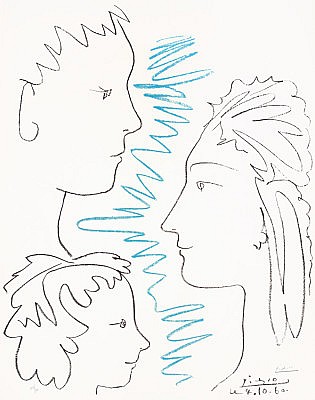
Picasso himself was rather involved in his lithography process as he enjoyed improving upon it, and his art, by adding different colors or mixing up materials. Take our Still Life with Eggplant (1946) original lithograph as an example. Cool tones are mixed with vibrant colors that combine to convey the texture of paint, clearly depicting Picasso's soft, swirling strokes. Or in our newest addition, L'étreinte (1966), that beautifully depicts the influence art nouveau and impressionism had on Picasso with softer, less abstract edges, and almost pastel like brush marks. In the striking original lithograph, Dwarf Dancer from the 'Barcelona' suite (1966), Picasso utilizes the brush in an energetic layering of pure hues to create a vibrant scene full of motion and activity.
Full of rich painterly texture and impressionistic use of color the original lithograph, L'Attente (1966) illustrates the delicacy and grace Picasso used to portray his female models. Picasso perfectly captures the essence of his subjects, creating a work instilled with a sense of intrigue and emotion. Perhaps this ability to clearly depict the nature of his subjects from his vast and creative viewpoints is what best defines Picasso's stunning original lithographs.
Read more about Post-Modern Impressionism.

